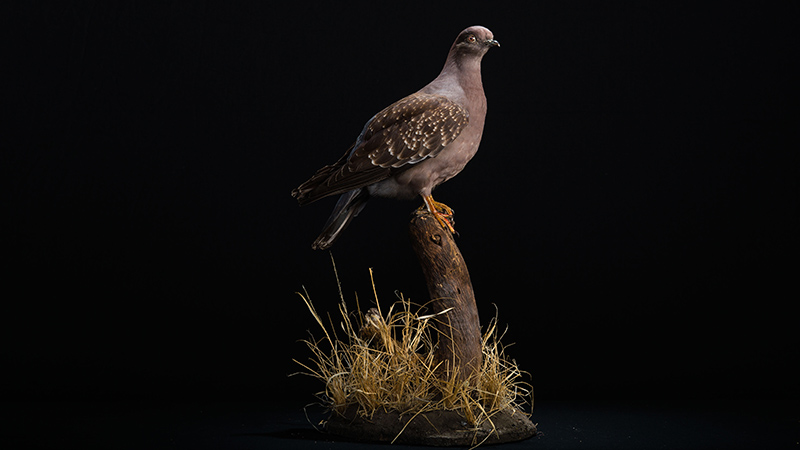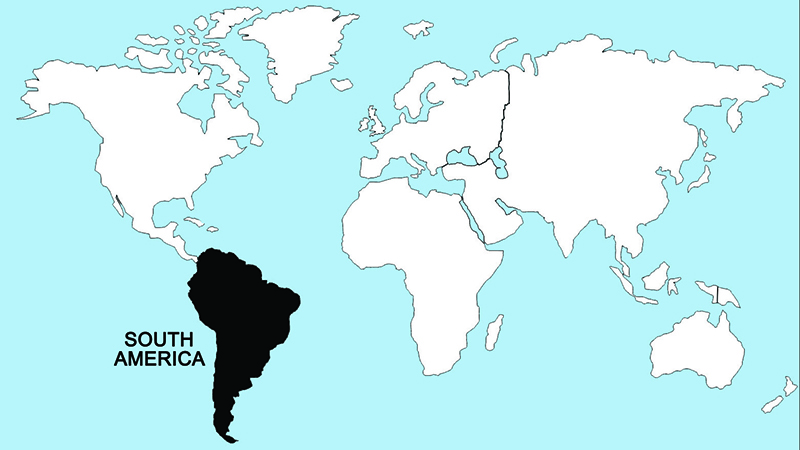Spot-winged Pigeon

The spot-winged pigeon is native to South America, ranging from southern Peru south through Bolivia, Uruguay and Paraguay to northern Argentina. It is found in arid, semi-arid and cultivated areas where trees are available for nesting and roosting. Its back, upper wing-coverts and secondaries are patterned with triangular creamy white markings, producing an overall spotted effect. The tail is bluish gray, with an illdefined black terminal band.
These pigeons are ground foragers, primarily eating seeds, and generally resemble rock pigeons in their foraging behavior. The spot-winged pigeon's voice is somewhat similar to that of the rock pigeon, but is harsher and more guttural. The species' biology and behavior in the wild is still largely unknown. No doubt the species is monogamous, like other pigeons, and the birds are said to nest in trees and have clutches of one or two eggs. Probably, as in most pigeons, the male incubates by day and the female at night. In the rock pigeon the incubation period lasts 17–18 days, and in the band-tailed pigeon it is 18–20 days. All pigeons and doves produce a nutrient-rich crop secretion called pigeon milk, which is regurgitated and fed to the nestlings. In the band-tailed pigeon fledging occurs at 20–28 days, and in the rock pigeon the young are independent by 35 days of age. Multiple brooding is likely, since most pigeons are multi-brooded, producing several broods per year, and at least in Argentina this species is believed to nest year-around.
Regions Birds Are Found

Collection Location & Year
Argentina 2000
Taxonomy
| Order | Columbiformes |
|---|---|
| Family | Columbidae |
| Species | Columba |
| Genus | maculosa |
Gender
Male
References
- Goodwin, D. 1967. Pigeons and Doves of the World. London, UK: British Museum (Natural History).
- del Hoyo, J. A. Elliot, and J. Sargatal, eds. 1996. Handbook of Birds of the World. Vol. 3 (Hoatzin to Auks). Barcelona: Lynx Editions.